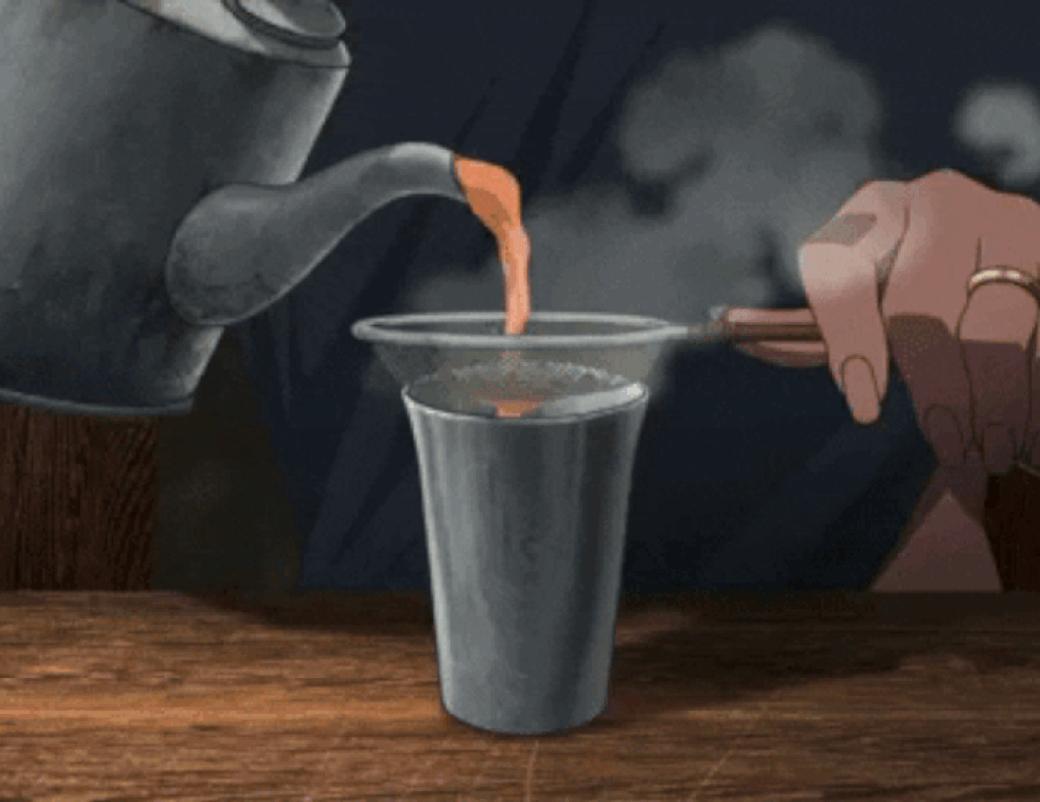
How to Brew Good Tea with Minimal Effort
Want to use minimal effort to brew the best possible tea? Don’t have a thermometer on hand? Don’t want to time your steeping? No problem.
I knew I wanted to get into the details of brewing tea consistently when I first started getting serious about it. Having flavor change every single time I brewed a single flavor of tea made things confusing. I didn’t just want to know the hows. I wanted to know the ins and outs, and the whys. But in reality, there isn’t always time for being so exact and detailed. Sometimes we just want a straightforward way to brew good tea. That’s where ground rules come in.
These rules are the foundation to brewing tea when you prefer not to use exact metrics and don’t need to be picky. It’s about using the least amount effort possible to yield an awesome cup of tea. This means avoiding bitterness, under extraction, and over extraction.
THE GROUND RULES
-
Stay away from the microwave. First of all, let’s be real—microwave water can be dangerous and explode in your face. That’s called superheating, which refers to water that’s heated above boiling point. Bubbles don’t form fast enough, so the water can’t release heat fast enough. This creates more and more pressure and a potential explosion if the water is disturbed despite looking fine on the outside.
If you overcome the risk of getting seriously burned, there’s also the fact that you’ll never get consistency even if you heat your water at the same time length. Every microwave is different, so the water temperature and distribution will never be consistent because microwaves shoot waves at random spots in your water.
Simply avoid the microwave by using an electric water kettle or the stove to boil water.
-
Your tea is just as good as the water use. Water quality is an essential component of brewing tea. Drinking water usually contains a varying amount of dissolved substances, mineral content, and additives. The amounts depend on your city, but the point is these factors directly impact the flavor extraction of your tea leaves. Using clean, filtered water whenever possible is the most basic, straightforward option to go.
-
Don’t be afraid to experiment. Enjoying tea can be a deeply personal experience. What you think tastes good might not jive well with the person next to you. Some people prefer strong flavor while others may prefer light. Only you can determine that for yourself. Know your tea types and understand their tendencies. Generally speaking, excess green and black tea tend to create bitterness.
-
Adjust steep times based on tea type. When it comes to minimal effort, it's not always necessary to time your steeps to the exact second. Instead, have a rough idea of what tea types tend to be more delicate or more robust will allow you to avoid over extraction or bitterness.
-
Get familiar with the relationship between tea type and water temperature. It's enough to know how tea types react to water temperature to ensure enough flavor's released and to avoid making your brew bitter.
Check out the table below for a high level guideline for rules 4 and 5 if you just want to start somewhere.

I promise mastering these basics will arm you with powers to brew consistent cups of tea in almost any environment and make do with what you have before you know it. Brew on.
Products
View all
